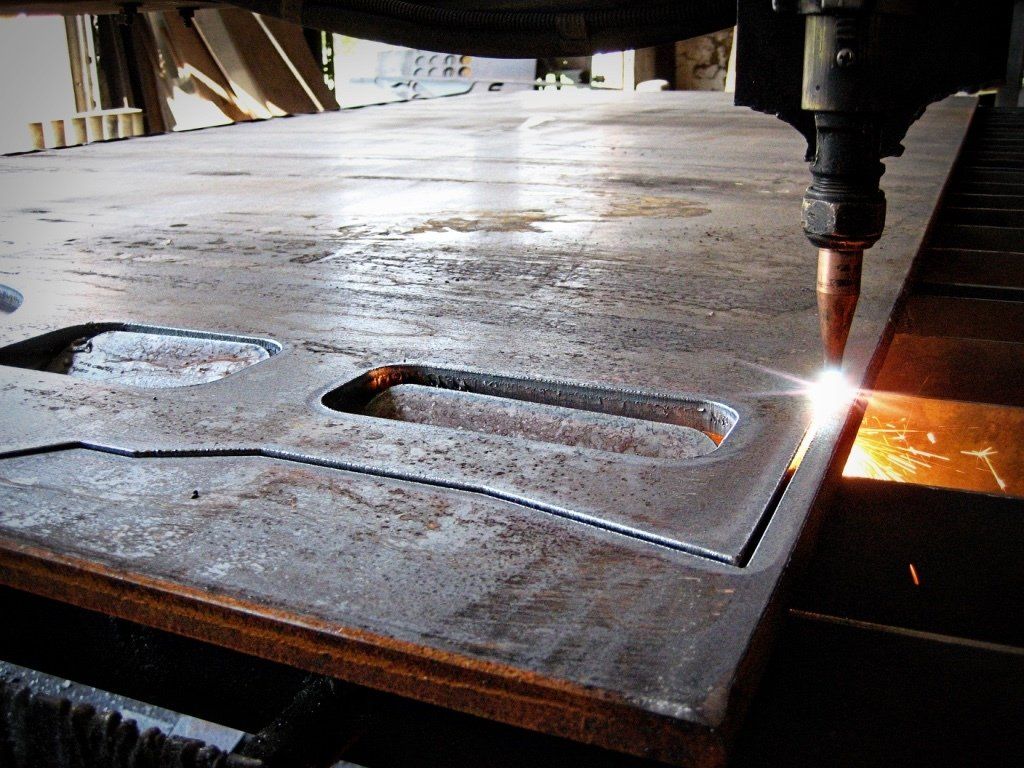Choosing the Right Grinder for the Job
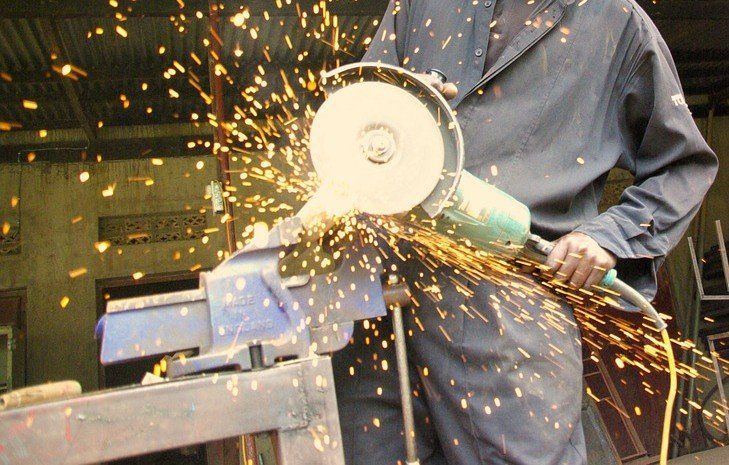
A basic component of any welder’s toolbox is a decent angle grinder. There are few tools more versatile than a grinder. However, not all grinders are equal. Therefore, trying to choose the right one can be difficult. We will discuss a few tips for choosing the right grinder size for the job.
Choosing the Right Grinder
Bigger Grinders are Better for Larger Jobs
Many don’t understand that a grinder’s discs determines its size, not the length of the overall machine. Grinders with bigger wheel discs are longer than the smaller counterparts. However, this is because a bigger handle is necessary to control the wheel.
For instance, a 4.5-inch angle grinder is the most common size. It utilizes wheel discs that are 4.5 inches in diameter. A 7-inch grinder uses a 7-inch disc, and so on. It is important to understand that the bigger sizes use larger wheels. Wheel size is especially relevant for large jobs.
If you only occasionally use a grinder for odd cutting jobs, then purchasing a smaller size works well. A 5-inch grinder can cut through several feet of wood in no time at all. However, using that same grinder on a larger project like cutting beams for a deck would quickly become a chore.
Bigger Wheels Make Deeper Cuts
Grinder sizes are particularly important once you consider the materials. For instance, grinders of any size can cut through wood, though smaller grinders will get into trouble with particularly thick pieces. However, not all grinders can handle durable materials such as stone and concrete. Not only are they incredibly strong, these materials tend to also be thick.
For instance, a concrete slab can be easily three inches wide. A 4.5 angle grinder has a blade that is 4.5-inches in diameter. This means the blade extends 2.25-inches for the center in each direction. As a result, it is not physically able to cut through 4 inch concrete. Select a larger grinder when a deep cuts are necessary, such as a 9-inch grinder. The blade of this grinder extends 4.5 inches from the center.
Smaller Grinders Spin at Faster Speeds
A smaller circle with a tiny circumference will spin at faster speeds compared to a large circle with a greater circumference. In fact, it isn’t uncommon to see a 4.5-inch grinder top out speeds over 11,000 RPM, giving these tiny grinders the power to cut and polish metal. This is why smaller grinders are more susceptible to overheating than their larger counterparts.
If a 7-inch grinder is spinning at speeds of 5,000 RPM while it is sanding a floor, its greater design and slower speed is generating less heat than a 4.5-inch grinder that is spinning away at 10,000 RPM. While the greater speed gives the grinder more power, it also makes it much easier to fail. In fact, it’s recommended to buy a smaller grinder that comes with adjustable speed settings. Therefore, you’re not constantly operating on the highest setting.
These are just a few tips for selecting the right grinder size for the job. Choosing the right grinder size is not as complicated as it may appear. Small grinders are ideal for small projects, as their smaller discs and lighter weight make them easier to control. They also utilize less energy and come in cordless varieties. However, just because they are small doesn’t mean they can’t perform the job well. Most small grinders have higher RPM speeds than larger grinders. Brazos Industries uses the appropriate grinders to ensure your project is done correctly and efficiently.
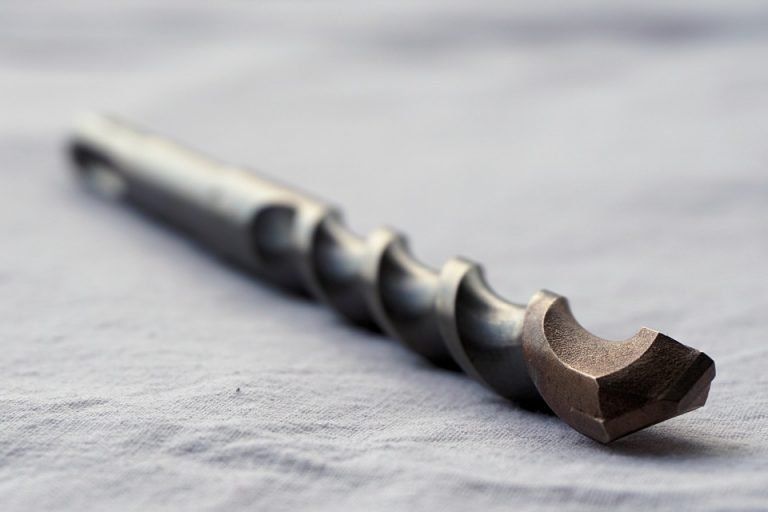
Many are unaware that drill bits require regular sharpening to give their best service. Similar to knives and axes, a dull drill bit requires much more force to do the same job. Instead of wearing the user out, a dull drill bit will inevitably wear out your drill. Giving your drill bits regular spot sharpening with a file is the best way to protect your investment in high-quality power tools. Brazos Industries knows the importance of properly sharpening drill bits, and we would like to share with you how to sharpen drill bits to protect your investment.
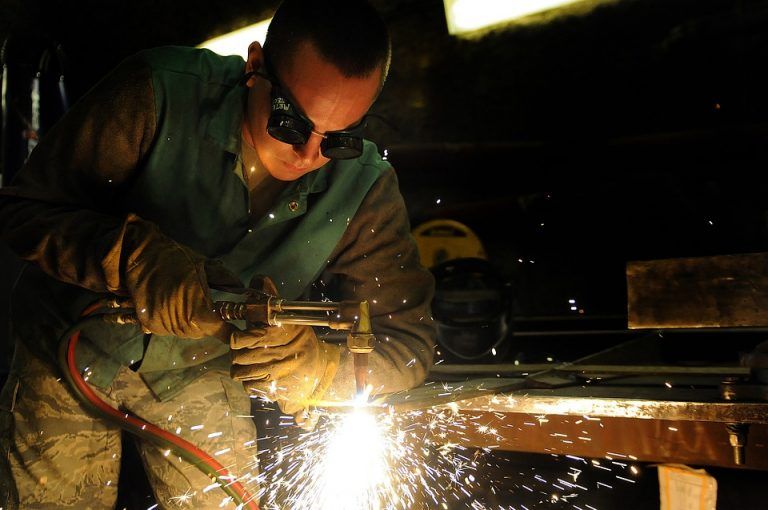
Eye injuries account for one-quarter of all welding injuries. This makes them by far the most common injury for welders, according to research from the Liberty Mutual Research Institute for Safety. Those most at risk for welding-related eye injuries are workers in industries that produce industrial and commercial machinery, computer equipment and fabricated metal products. Therefore, we will discuss the importance of safety glasses for welding.
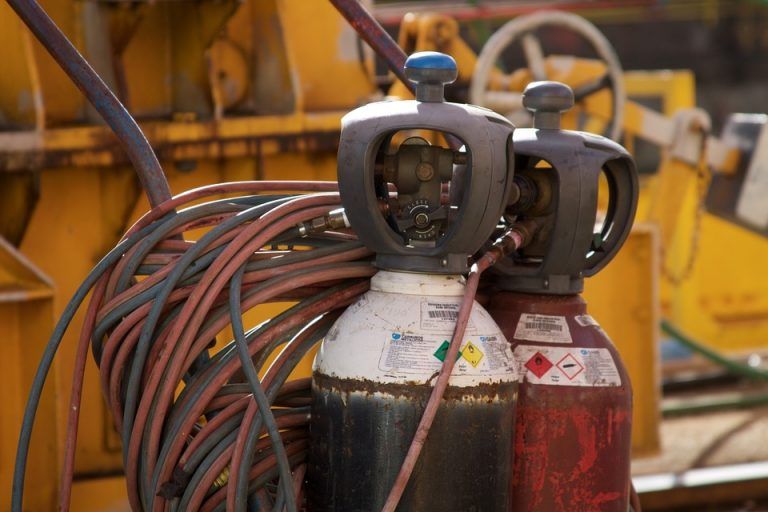
Following a regiment of appropriate and thorough maintenance procedures allows a welding machine to run safely and dependably for a long time. Improper, incomplete or totally neglected maintenance can not only result in equipment failure, but it can also lead to serious hazards including severe injury or even death. With some forethought and basic planning, welding machine maintenance is extremely easy.
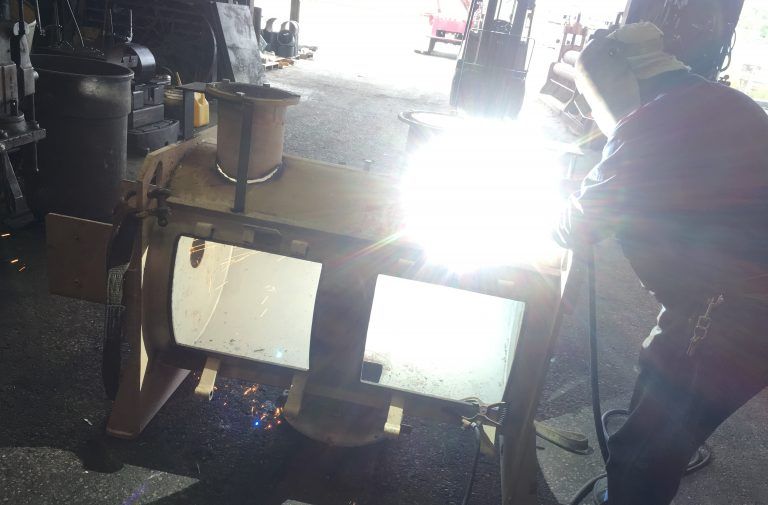
Air arc gouging is a process of removing metal by using heat generated from a carbon arc. This process utilizes a carbon/graphite electrode, compressed air and a standard power source. The extreme heat arc created between the electrode and a metal workpiece gouges and melts the workpiece. The compressed air also blows away the molten metal. This process is common for cutting stainless steel, carbon steel and alloys of copper, brass, aluminum and magnesium.
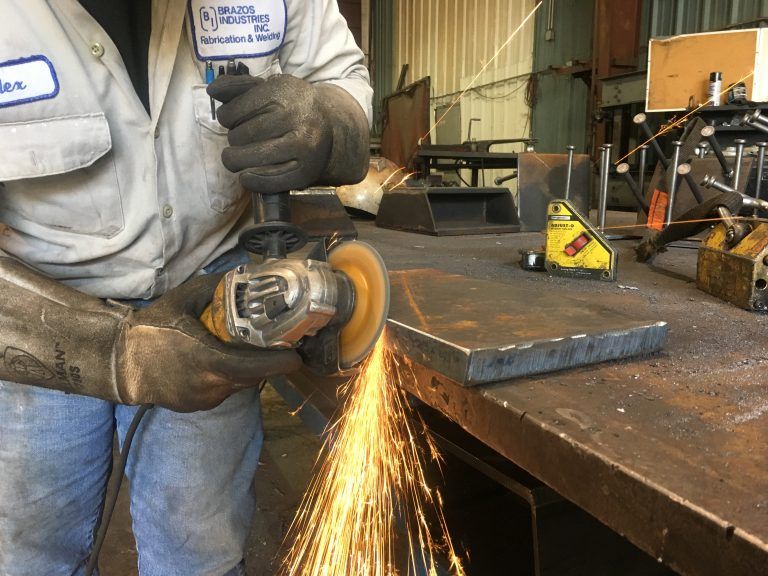
A good weld begins with good preparation, and good weld preparation begins with a clean cut. However, cutting is an art that requires both skill and knowledge of how to select and utilize the best grinding wheel for the job. The type of grinding wheel to use for a given application depends largely on what material you are cutting. We will discuss using the right grinding wheel for the welding job.
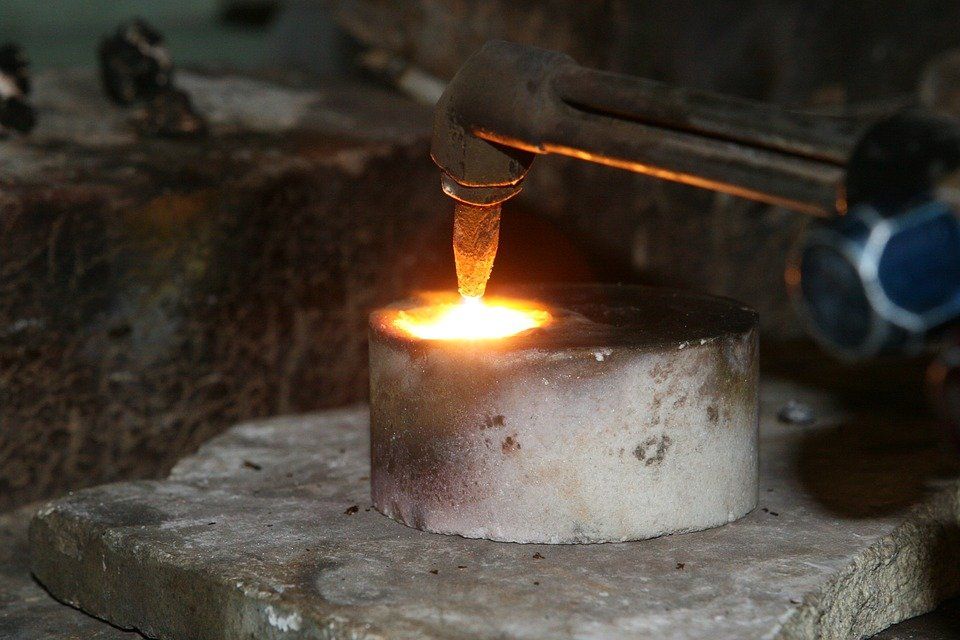
You can fit oxy-fuel torches with a “Cutting Head” and use them to cut one solid piece of metal into two or more pieces. Lighting, adjusting and shutting down an oxygen-acetylene torch is easy, particularly when following to proper procedures. We will discuss properly adjusting the flames for the oxy-fuel cutting.
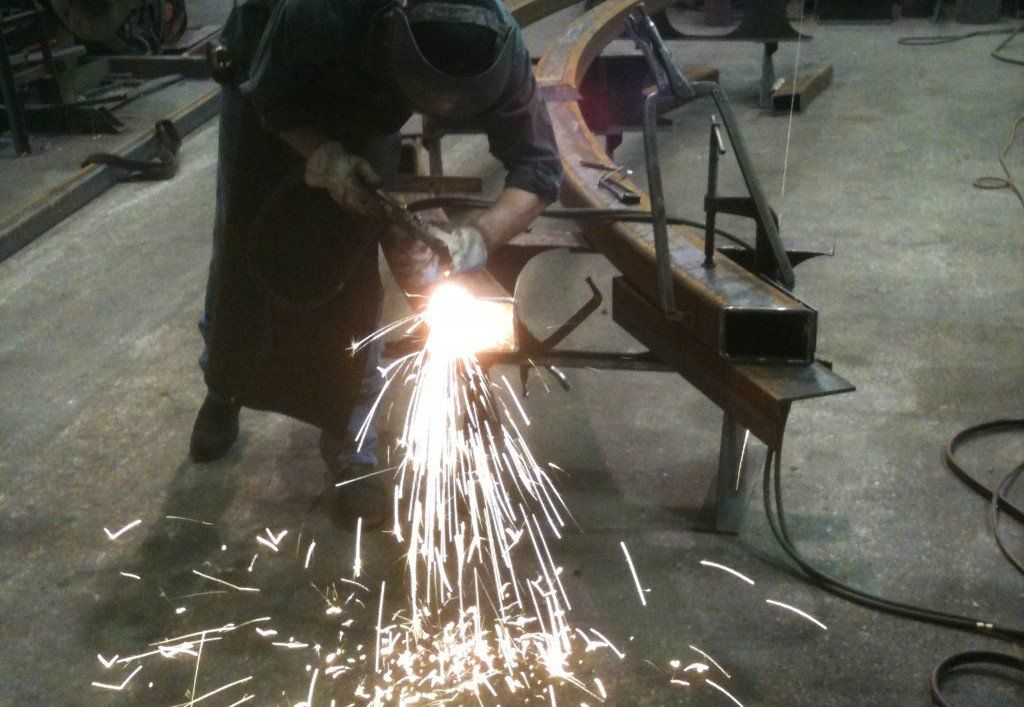
Selecting the right cutting or styling tool for the job means the difference between an average cut or a great cut. Therefore, it is important to choose carefully. It is critical to both performance and safety to choose the correct tip for the job. Here’s a simple step-by-step process for choosing the right cutting tip to ensure you deliver a great cut every time.

